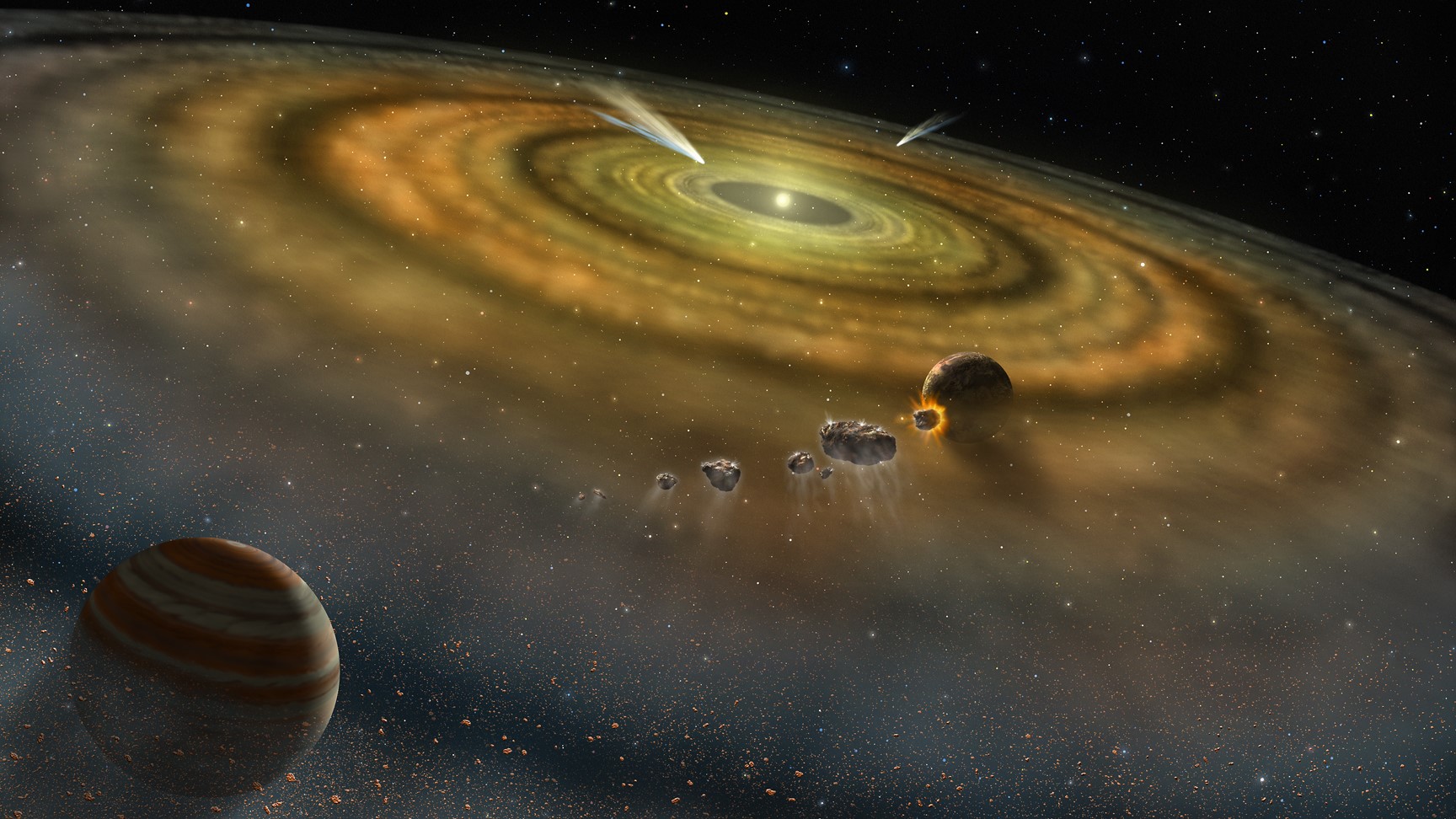|
Getting your Trinity Audio player ready...
|
The outgassing of molecules from comets may be the product of the solar system’s original composition, according to a recent study from the University of Central Florida. The Planetary Science Journal just released the findings. Olga Harrington Pinto, a doctorate candidate in the College of Sciences’ Physics Department at UCF, was the study’s principal investigator.
According to Harrington Pinto, measuring the ratio of specific chemicals found after comet outgassing can reveal information about the chemical make-up of early solar systems and the physical processing of comets after they form. Comets, which are tiny bodies of ice, rock, and dust in the solar system, outgass when they warm up and begin to emit gases. In order to verify theories about the genesis and development of the solar system, Harrington Pinto gathered data on the levels of water, carbon dioxide, and carbon monoxide gases from 25 comets for her dissertation. This made it possible to study approximately twice as much comet carbon monoxide/carbon dioxide data. The measurements were taken from a range of academic works. When measurements were being made simultaneously with multiple telescopes and study teams, she meticulously combined the data and was able to verify that it was all accurate.
One of the most intriguing findings, according to Harrington Pinto, is that comets with orbits in the Oort cloud that are quite distant from the sun were observed to emit more CO2 than CO in their coma, in contrast to comets that have made many more excursions close to the Sun. This had never before been verified in full. The evidence, according to Harrington Pinto, “appears to support expectations that comets that have been lingering out in the Oort cloud very far from the sun may have been pummeled by cosmic rays on their surface to the extent that it formed a CO-depleted outer layer.” “This processed outer layer is then blasted off by the sun after their first or second excursion near to the sun, revealing a far purer comet composition that releases much more CO.”
The next stage of the research, according to the researcher, is to examine the initial observations of the centaur that her team took using the James Webb Space Telescope in order to directly quantify the carbon monoxide and carbon dioxide and compare the results with this study. The Division for Astronomical Sciences of the National Science Foundation (NSF) of the United States, the LSSTC Data Science Fellowship Program, the NSF Cybertraining Grant, the Brinson Foundation, and the Moore Foundation, all provided funding in part for this project. Physics is the subject of Harrington Pinto’s Master of Science, which she earned at the University of South Florida. Yanga R. Fernandez, a professor at UCF, Maria Womack, a courtesy professor at UCF, and James Bauer, a professor at the University of Maryland, collaborated with her on this research.


